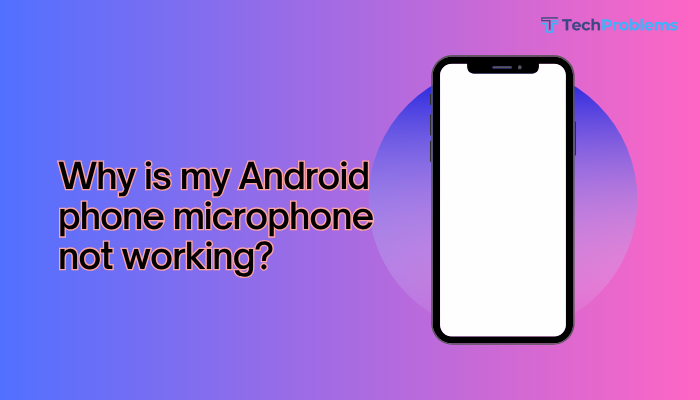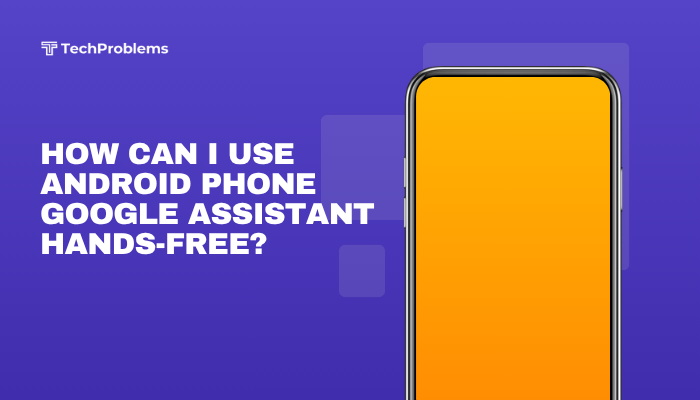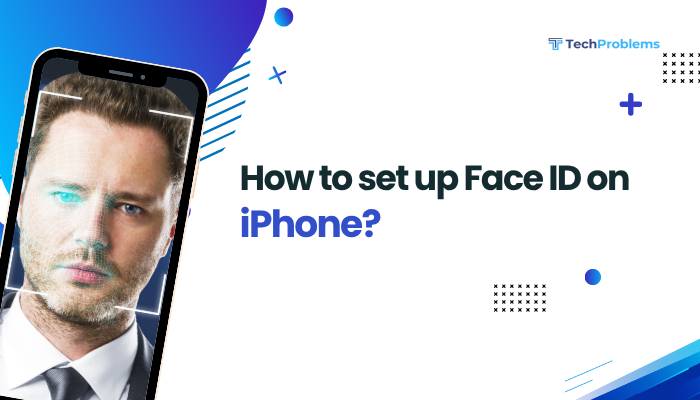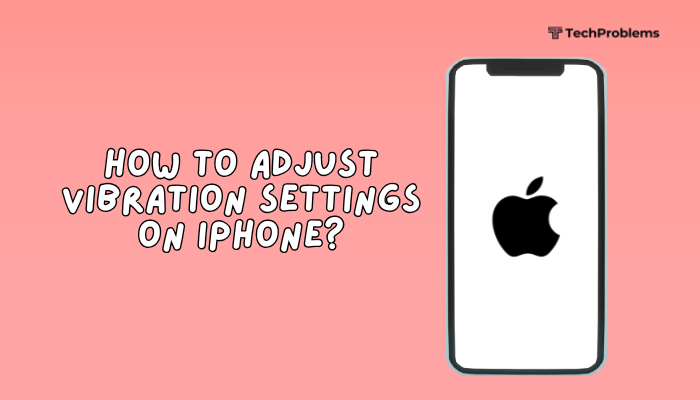Your Android device contains sensitive data—from emails and banking apps to personal photos and private conversations. Improving your phone’s security settings ensures your information stays safe from cyber threats, unauthorized access, malware, and theft. Fortunately, Android offers robust tools and settings to enhance your security when configured properly.
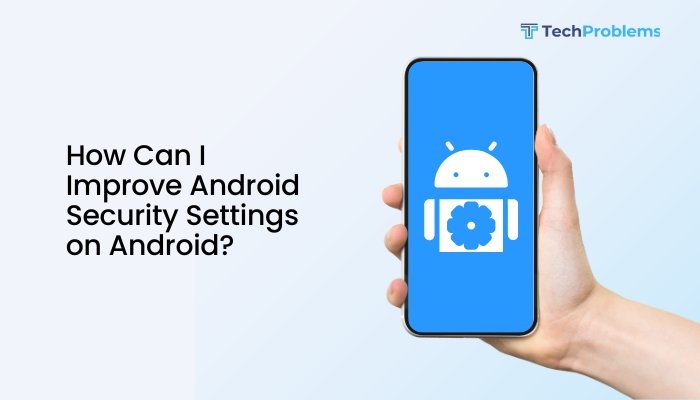
This comprehensive guide outlines the essential steps to improve your Android phone’s security settings and keep your device protected.
Why Is Android Security Important?
Android is the most widely used mobile OS, making it a prime target for malware and phishing attacks. With the rise of mobile banking, personal cloud storage, and social media, securing your Android phone is no longer optional—it’s essential.
Key threats include:
- Malware and spyware apps
- Data theft via unsecured Wi-Fi or phishing
- Unauthorized access to your device
- App permissions misuse
- Lost or stolen devices
Step-by-Step Guide to Improve Android Security
Enable Screen Lock with Biometrics or Strong PIN
Setting up a secure screen lock prevents unauthorized access to your phone.
How:
- Go to Settings > Security > Screen lock.
- Choose PIN, Password, or Pattern.
- Enable Fingerprint or Face Unlock, if available.
Avoid simple PINs like 1234 or birthdates. Biometric security adds an extra layer of protection.
Keep Android and Apps Updated
Outdated software is vulnerable to security flaws. Android updates often include patches for critical threats.
How:
- Go to Settings > System > System update, and check for updates.
- Open Play Store > Profile > Manage apps & device > Updates available to update apps.
Enable auto-update for apps to stay current without manual checks.
Use Google Play Protect
Google Play Protect scans apps for harmful behavior.
How:
- Go to Play Store > Profile > Play Protect > Settings.
- Ensure Scan apps with Play Protect is turned ON.
Avoid installing apps from third-party APK sources, as these are not scanned.
Review App Permissions Regularly
Some apps request more permissions than necessary, potentially risking your privacy.
How:
- Go to Settings > Privacy > Permission manager.
- Review sensitive permissions (Camera, Microphone, Location).
- Set permissions to “Allow only while using” or Deny for unnecessary access.
Limit background access to data, especially for lesser-known apps.
Use Two-Factor Authentication (2FA)
Add another layer of security to your Google account and other apps.
How:
- Visit https://myaccount.google.com/security.
- Enable 2-Step Verification.
- Use Google Authenticator or another app like Authy for secure code generation.
This prevents account access even if your password is compromised.
Enable Find My Device
If your phone is lost or stolen, you can locate, lock, or erase it remotely.
How:
- Go to Settings > Security > Find My Device.
- Ensure it’s enabled and linked to your Google account.
Access https://www.google.com/android/find to manage your phone remotely.
Avoid Public Wi-Fi or Use a VPN
Unsecured networks can expose your data to attackers.
Tips:
- Avoid logging into banking or sensitive accounts over public Wi-Fi.
- Use a trusted VPN app (like NordVPN, ProtonVPN) to encrypt your connection.
Encrypt Your Phone (Most Android Phones Default to Encrypted)
Encryption protects your data by making it unreadable without a password.
How:
- Most newer Android devices are encrypted by default.
- To check: Settings > Security > Encryption & credentials.
On older phones, you may have the option to encrypt device manually.
Disable Developer Options (If Not Needed)
Developer options can expose the system to vulnerabilities if left enabled.
How:
- Go to Settings > System > Developer options.
- Toggle Off, or disable USB debugging if not in use.
Only advanced users and developers should access these features.
Use a Secure Lock Screen Notification Setting
Prevent sensitive content from showing on the lock screen.
How:
- Go to Settings > Notifications > Lock screen.
- Select “Hide sensitive content” or “Don’t show notifications” on the lock screen.
This helps protect your messages, emails, and app alerts from prying eyes.
Additional Security Tips
- Avoid rooting your phone—it disables key security protections.
- Do not install cracked apps or APKs from unofficial websites.
- Use a trusted antivirus app like Bitdefender, Norton, or Avast (optional, as Play Protect is usually sufficient).
- Back up your data regularly using Google Drive or a secure external drive.
- Disable auto-connect for Wi-Fi and Bluetooth when not needed.
Pros and Cons of Improving Android Security
| Security Practice | Pros | Cons |
| Using biometrics and strong PIN | Strong defense against unauthorized access | Requires setup time |
| Reviewing app permissions | Protects privacy and data | May limit app functionality |
| Enabling Find My Device | Helps recover or erase lost devices | Must be turned on in advance |
| Using VPN on public Wi-Fi | Encrypts connection | May reduce browsing speed |
| Enabling 2FA | Secures accounts from hacking | Slightly longer login process |
Conclusion
Improving your Android phone’s security is not just about installing antivirus apps—it’s about using the built-in features that Android already provides. From enabling biometric locks and managing app permissions to activating Find My Device and using 2FA, these steps create a multi-layered defense system to protect your personal data.
You don’t need to be a tech expert to secure your phone. Start with the basics—update your system, set strong locks, review permissions—and work your way up to using features like VPNs and secure backups. With just a few changes, you can significantly enhance your Android’s security and browse, shop, and communicate with peace of mind.

